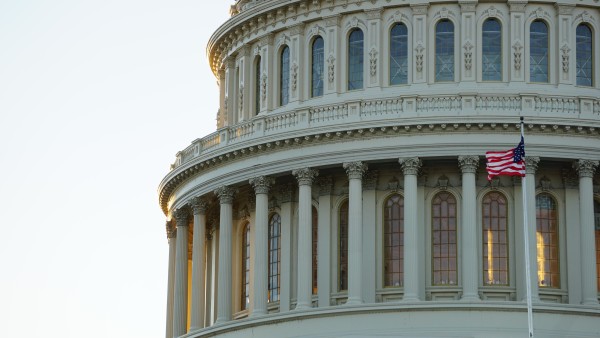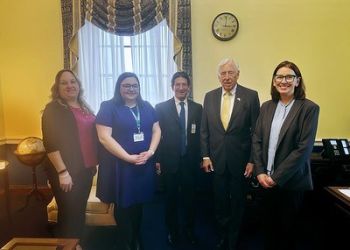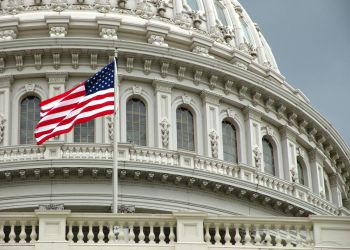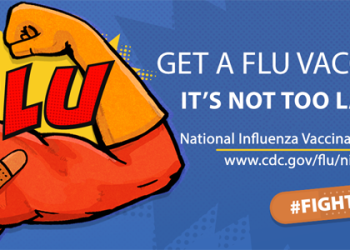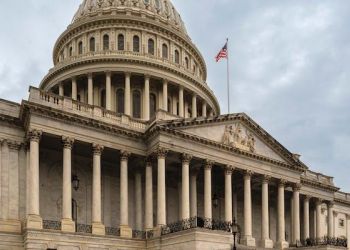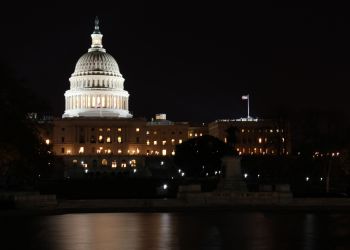On May 11, the House Energy and Commerce Subcommittee on Health held a legislative hearing entitled, “Preparing for and Responding to Future Public Health Security Threats.” There were two panels during the hearing:
Panel I
- Dawn O’Connell, Assistant Secretary for Preparedness and Response, Administration for Strategic Preparedness and Response (ASPR)
- Rochelle Walensky, MD, MPH, Director, Centers for Disease Control and Prevention (CDC)
- Robert Califf, MD, Commissioner, Food and Drug Administration (FDA)
Panel II
- Tom Inglesby, Director, Johns Hopkins Center for Health Security, Bloomberg School of Public Health
- Randall Lutter, Manhattan Institute for Policy Research
- Erik Decker, Chair, Cybersecurity Working Group, Health Sector Coordinating Council
- Mary Denigan-Macauley, Director, Health Care, U.S. Government Accountability Office (GAO)
During opening remarks, the Chair of the Subcommittee Brett Guthrie (R-KY) expressed his interest in coming up with bipartisan solutions to improve the U.S.’ preparedness and response strategy. With the Pandemic and All-Hazard Preparedness Act (PAHPA) set to expire on September 30, 2023, full committee Chair Cathy McMorris Rodgers (R-WA) highlighted the committee’s role in evaluating existing programs and authorities under PAHPA to ensure that the U.S. is fully prepared and ready to respond to any public health security threat. Both Reps. Guthrie and Rodgers emphasized the importance of examining ASPR’s role in the preparedness and response framework, as well as how ASPR should be viewed and operationalized moving forward.
Dawn O’Connell, the Assistant Secretary for Preparedness and Response, stated that as ASPR moves out of the acute phase of the COVID-19 response, they have taken several steps to transform the organization and incorporate lessons learned from the pandemic. She highlighted her goal of positioning ASPR to stand on its own during large-scale response efforts and not need to rely so heavily on other departments. She requested Congressional support for additional authorities to execute its mission faster and solve three key problems the agency faces: procurement of tools and supplies the country needs when responding to a biothreat or disaster; investment in the expansion of the domestic industrial base for key personal protective equipment (PPE) and medical supplies; and the process of hiring staff more quickly to surge critical teams during large response efforts.
Dr. Rochelle Walensky, director of CDC, also stated that the Agency will continue supporting a workforce in the public health system to ensure that well-trained staff can respond to large, sustained, and concurrent public health emergencies and biosecurity threats. Dr. Walensky continued by emphasizing the need for world-class interoperable data and analytics to rapidly share data within and among jurisdictions to enable local leaders to make the best decisions for their communities and save lives in dynamic situations. Dr. Walensky stated CDC will need Congress to support revised and new authorities to ensure the agency is fully equipped to respond to the next emerging disease.
Dr. Robert Califf, the commissioner of the FDA, voiced how important PAHPA is as it contains key legal authorities to sustain and strengthen the nation’s preparedness for public health emergencies involving chemical, biological, radiological, and nuclear agents, as well as emerging infectious disease threats. He expressed the need for greater transparency of supply chains to both improve resiliency and ensure continued access to critical medical products. Dr. Califf expressed that authorities provided under section 3112 of the Coronavirus Aid, Relief, and Economic Security Act (CARES Act) enhanced FDA’s visibility into drug and medical product supply chains and tools available to the agency to help identify, prevent, and mitigate drug shortages. However, Dr. Califf acknowledged several areas where Congress could build on to improve visibility in the supply chain, such as requiring drug manufacturers and distributors to report surges in demand to the FDA, require labeling of bulk drug substances to include the original manufacturer, ensure FDA has an opportunity for a facility inspection or evaluation before distribution of certain non-application drug products, and require facilities at which drugs are manufactured to create, submit, and maintain Site Master Files.
In questioning, Rep. Guthrie asked Ms. O’Connell how ASPR makes decisions on which countermeasures are procured and deployed in the stockpile including how state and local health officials engage in the process and how ASPR’s public health emergency account enterprise ensures products that are not commercially available are involved in stockpiling determinations. She answered by highlighting that PPE had not been purchased since the H1N1 outbreak in 2009 and much of that had expired. So, ASPR focused on building that capability and spending the money that Congress appropriated in the supplementals. Yet, she emphasized that a regular annual budget for the Strategic National Stockpile is well underfunded. In a recent five-year budget that was released, it was found that the Strategic National Stockpile should receive $2 billion dollars a year to keep up with countermeasures against the threats that have been identified by the Department of Homeland Security. ASPR currently receives $934 million dollars a year.
Rep. Frank Pallone (D-NJ) asked all three-panel members about their agency’s ongoing vulnerabilities in preparedness and response capabilities that they are most concerned with because of the end of the public health emergency and how Congress can address those concerns. Dawn O’Connell voiced the need for HHS to be able to act on its own for the next emergency outbreak and not need to rely on other departments which causes a delay in response. She continued by saying that construction authority is another vulnerability the agency faces. Dr. Walensky continued by mentioning that the country tackled COVID-19 with an under-invested public health infrastructure, and it was estimated before the pandemic that the country was 60,000 public health workforce workers in deficit, making workforce one of their biggest challenges. She continued by stating that the second biggest challenge the CDC encounters includes its data systems and data modernization, and its third challenge is the laboratory infrastructure. Lastly, Dr. Califf added that the country needs surge capacity capability specifically related to a pandemic as well as improving laboratory testing.
The second panel highlighted the history of previous PAHPA bills and lessons learned from the COVID-19 pandemic that can be incorporated into the reauthorization of the PAHPA bill this year. Each witness offered recommendations to the committee, explaining areas they see for improvement to ensure the country is fully prepared for the next public health emergency. Dr. Inglesby mentioned four lessons learned from the pandemic that are noteworthy to the reauthorization of PAHPA, including the production and distribution of medicines, vaccines, and diagnostics, the preparation of health care and public health systems to respond rapidly to public health emergencies, the need to strengthen federal agencies responsible for preparing for and responding to pandemics, and recognition of the significant work being done to prevent future pandemics. Dr. Lutter followed by stating the need for more actionable information and financial incentives for effective emergency preparedness and response by the private sector, the need for more public involvement in CDC’s Risk Communications, and greater transparency in federally supported research about public health and communicable diseases.
Mr. Decker shared his perspective on cyber-attacks being a new wave of threat and offered three steps to securing the health system, including the continuation of the joint five-year strategic planning exercise, the continued expansion and improvement of the HHS 405d program, and continuing to build partnership and cohesion between the Cybersecurity and Infrastructure Security Agency (CISA) and HHS. Finally, Dr. Denigan-Macauley addressed the work that led GAO to designate preparedness as High-Risk in January 2022 and April 2023 reports. Some of her recommendations to strengthen HHS included creating clear roles and responsibilities, completing and having consistent data and communication, and being transparent and accountable.
